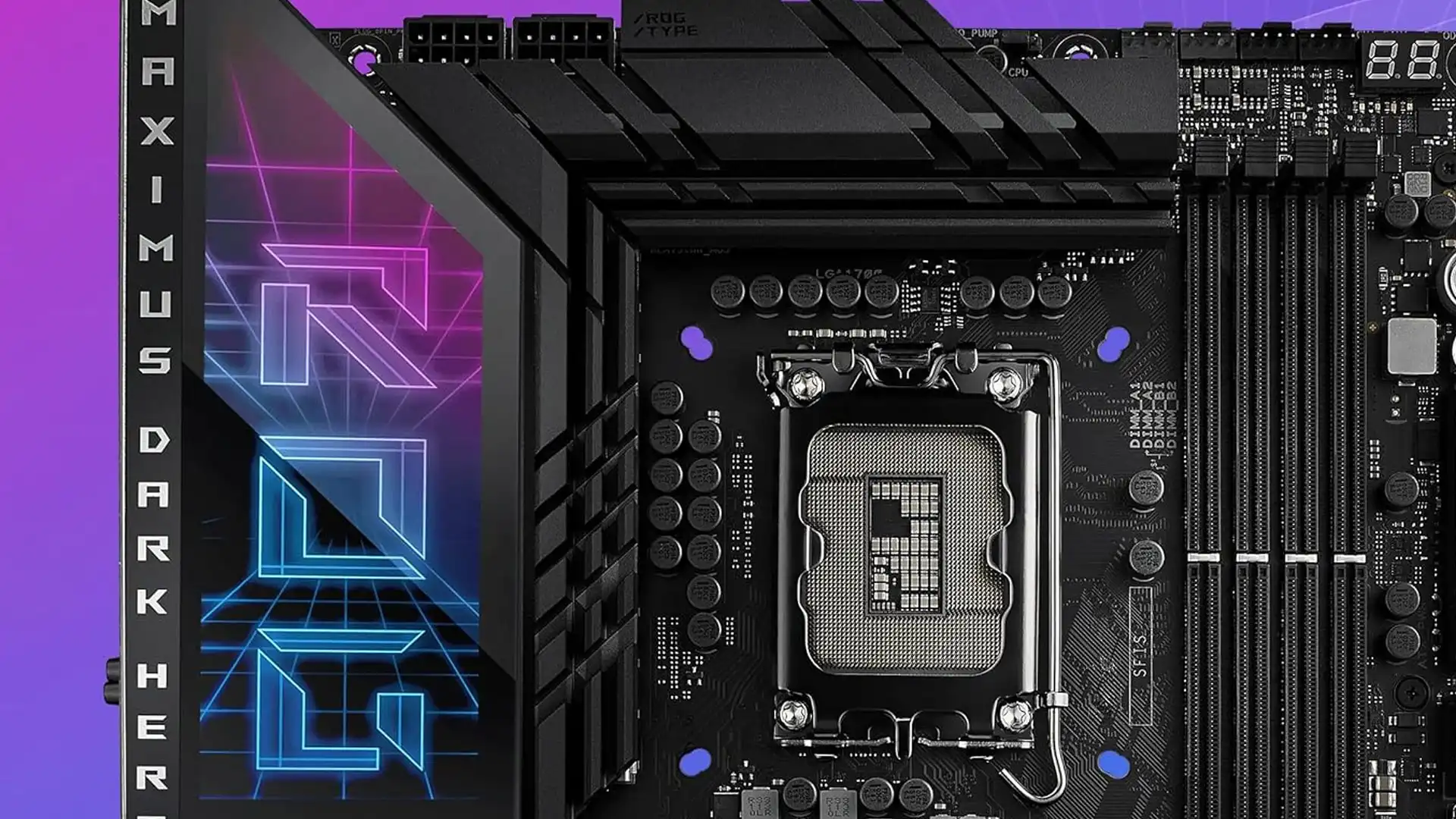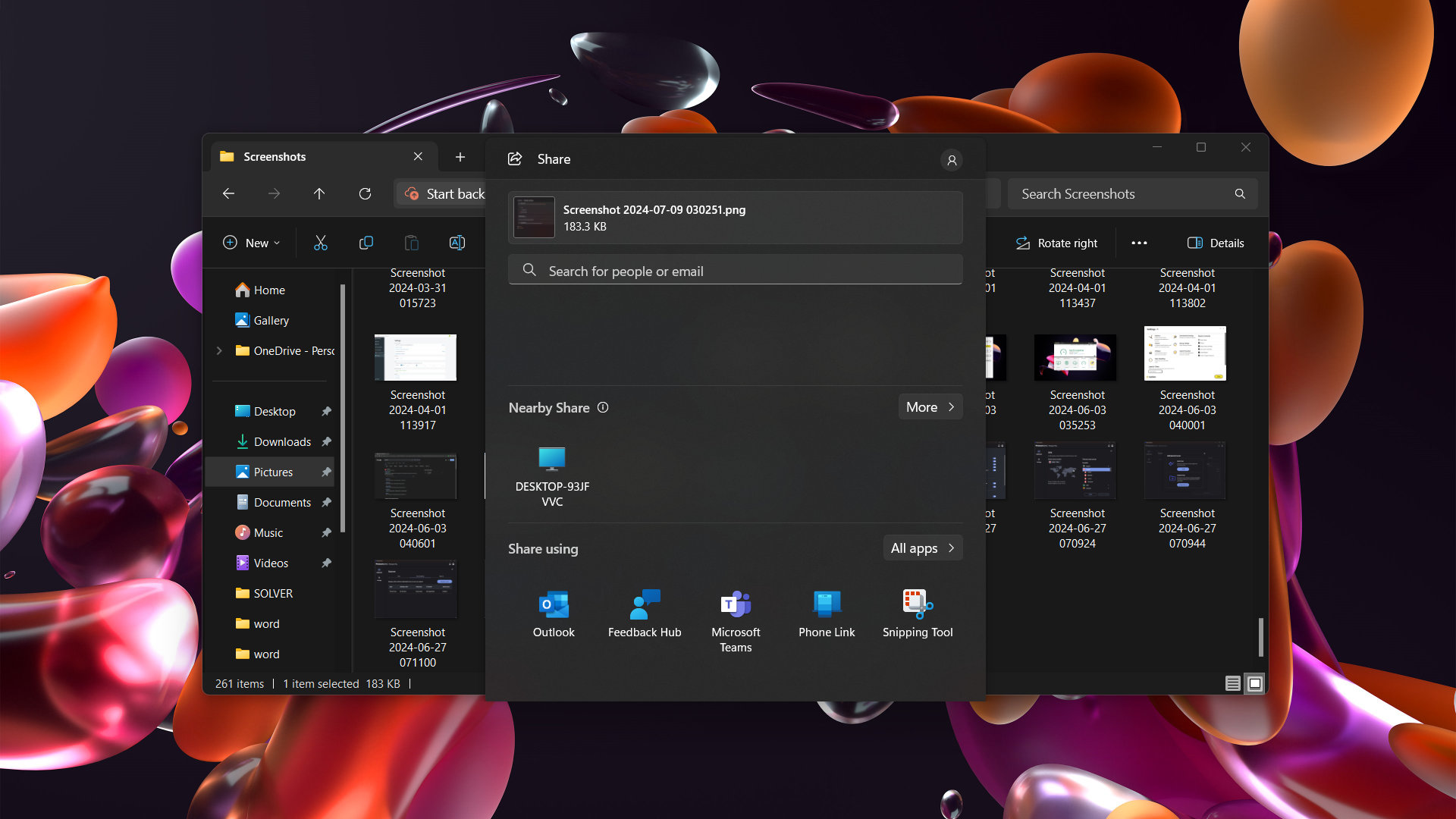The latest Asus Z790 BIOS updates roll back tweaks from both the user and Asus, hoping to solve crashing issues for Intel’s fastest processors.
Intel makes some very nice, very expensive CPUs, which are crashing in a not-so-nice way right now. Even Intel isn’t sure why some high-end 13th- and 14th-gen processors are crashing under load, but they’re working on it. In the meantime some OEMs and system builders are taking the support problem into their own hands. Asus is the latest to get proactive with its high-end motherboards.
VideoCardz.com reports that the latest BIOS update for Asus Z790 motherboards supporting 13th- and 14th-gen Core processors includes an “Intel Baseline Profile option,” which resets all custom settings to Intel’s factory default. By my reading, this includes not just the usual overclocking that gamers and performance junkies do on their own, but the subtle factory tweaks that Asus does to give its motherboards a little extra edge.
It’s similar to what Falcon Northwest did last week, offering up fresh Asus BIOS tweaks to hopefully address the crashes, which often manifest as out of memory errors when running games and other demanding applications. These problems have been happening for a small but considerable number of users on desktop i7 and i9 processors. You can see a live demonstration in one of our recent YouTube videos, where we diagnose Will Smith’s crashing games due to a faulty i9-13900K.
Intel says it’s aware of the issues and it’s investigating…but still hasn’t given either a concrete reason for the crashes or a timeline for a fix. These BIOS updates will likely result in slightly lower performance, but hopefully better stability.
Considering that these are some of the most expensive processors on the consumer market, it’s no surprise that users are irked that they’re getting fairly regular crashes, and looking for support from any angle. Nvidia has gone so far as to tell its customers to blame Intel for these particular crashes, not their GeForce graphics cards. Asus probably won’t be the last manufacturer to try and lessen the load with a software-based stopgap.




